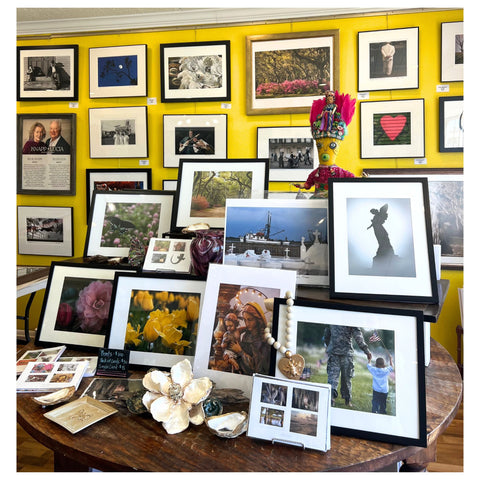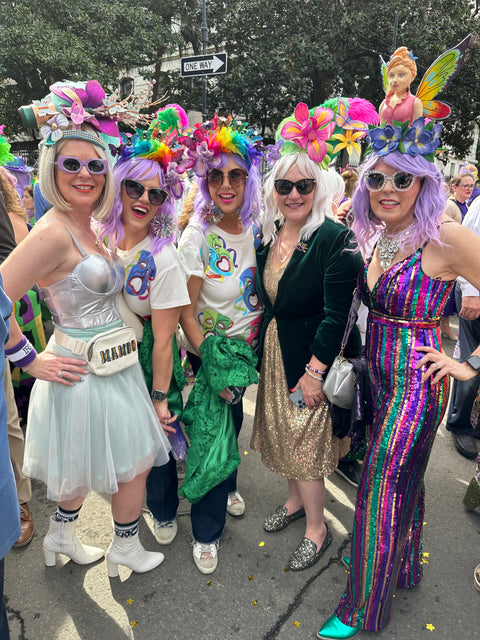In the realm of artistic expression, there exists a genre that transcends mere documentation or portrayal of reality. Fine art photography, with its ability to encapsulate the essence of a particular moment, stands as a testament to the artistic vision of the photographer. Unlike traditional fine art forms, such as painting or sculpture, fine art photography offers a unique perspective, blending technical precision with creative interpretation to create timeless masterpieces.
At its core, fine art photography is about capturing more than just the physical attributes of a subject. It delves deeper, seeking to convey emotions, narratives, and abstract concepts through the lens of the camera. While both traditional fine art and fine art photography aim to evoke a response from the viewer, the latter often achieves this by freezing a fleeting moment in time, preserving its beauty or significance for eternity.
One of the distinguishing features of fine art photography is the emphasis on finding the perfect moment to capture. Unlike staged or posed photographs, which can still be beautiful but lack spontaneity, fine art photography often relies on serendipity and patience. It's about being in the right place at the right time, ready to seize that elusive moment when light, composition, and subject converge harmoniously.
In the pursuit of the perfect shot, fine art photographers often venture into the unknown, exploring remote locations or immersing themselves in unfamiliar environments. This sense of adventure adds an element of unpredictability to the creative process, leading to discoveries and insights that shape the final outcome. Whether it's chasing the golden hour light in a rugged landscape or capturing the hustle and bustle of a bustling city street, every moment presents an opportunity for artistic expression.
Moreover, fine art photography allows for a wide range of techniques and styles, from classic black and white compositions to experimental digital manipulations. This versatility encourages artists to push the boundaries of traditional photography, embracing new technologies and unconventional approaches to storytelling. In doing so, they challenge our perceptions of reality, inviting us to see the world through a different lens.
In conclusion, fine art photography offers a unique perspective on the world, blending technical skill with creative vision to capture the essence of a particular moment. Unlike traditional fine art forms, which may rely on interpretation or imagination, fine art photography grounds itself in the tangible realities of time and space. Through patience, intuition, and a keen eye for beauty, fine art photographers transform ordinary scenes into extraordinary works of art, reminding us of the timeless power of the captured image.



